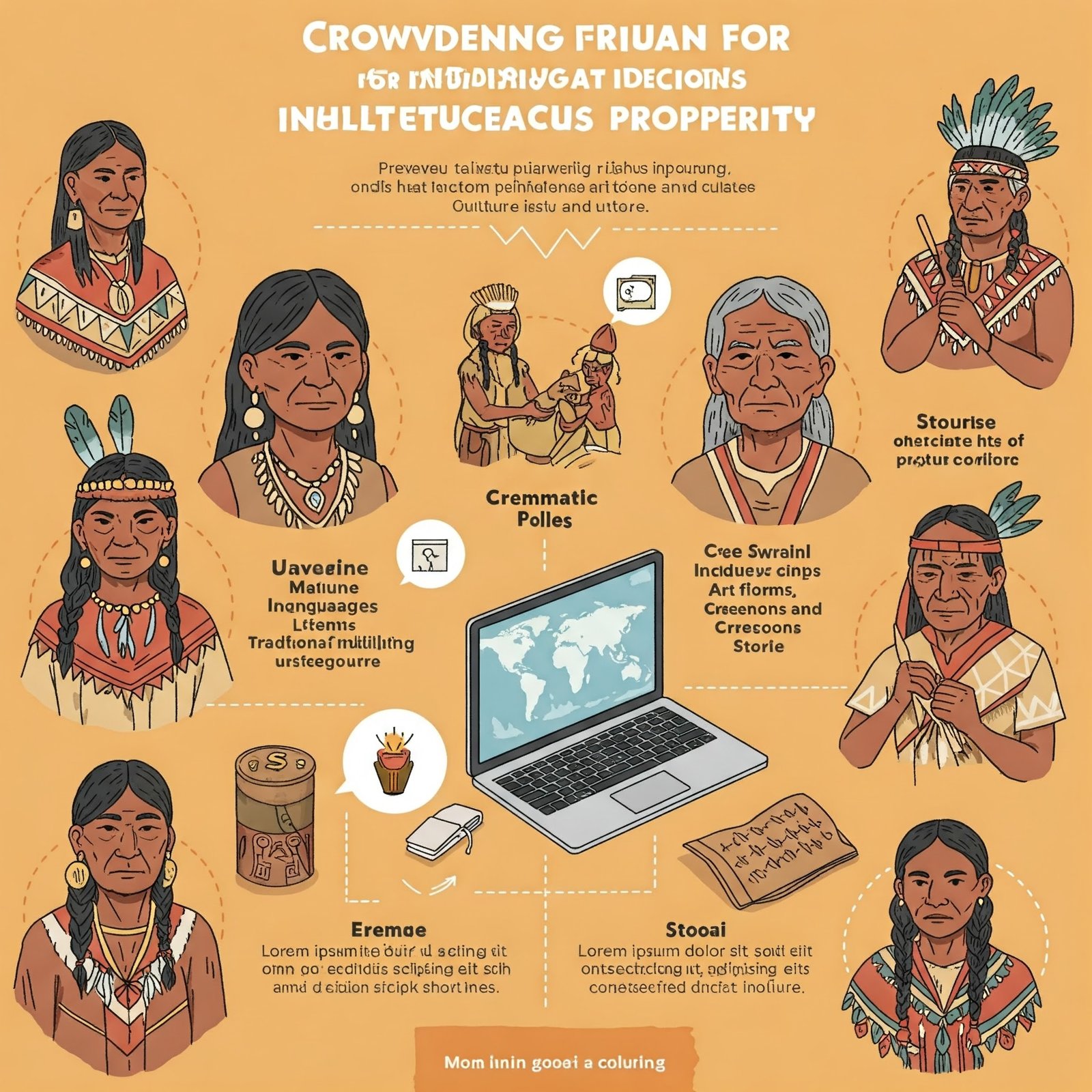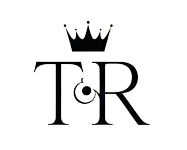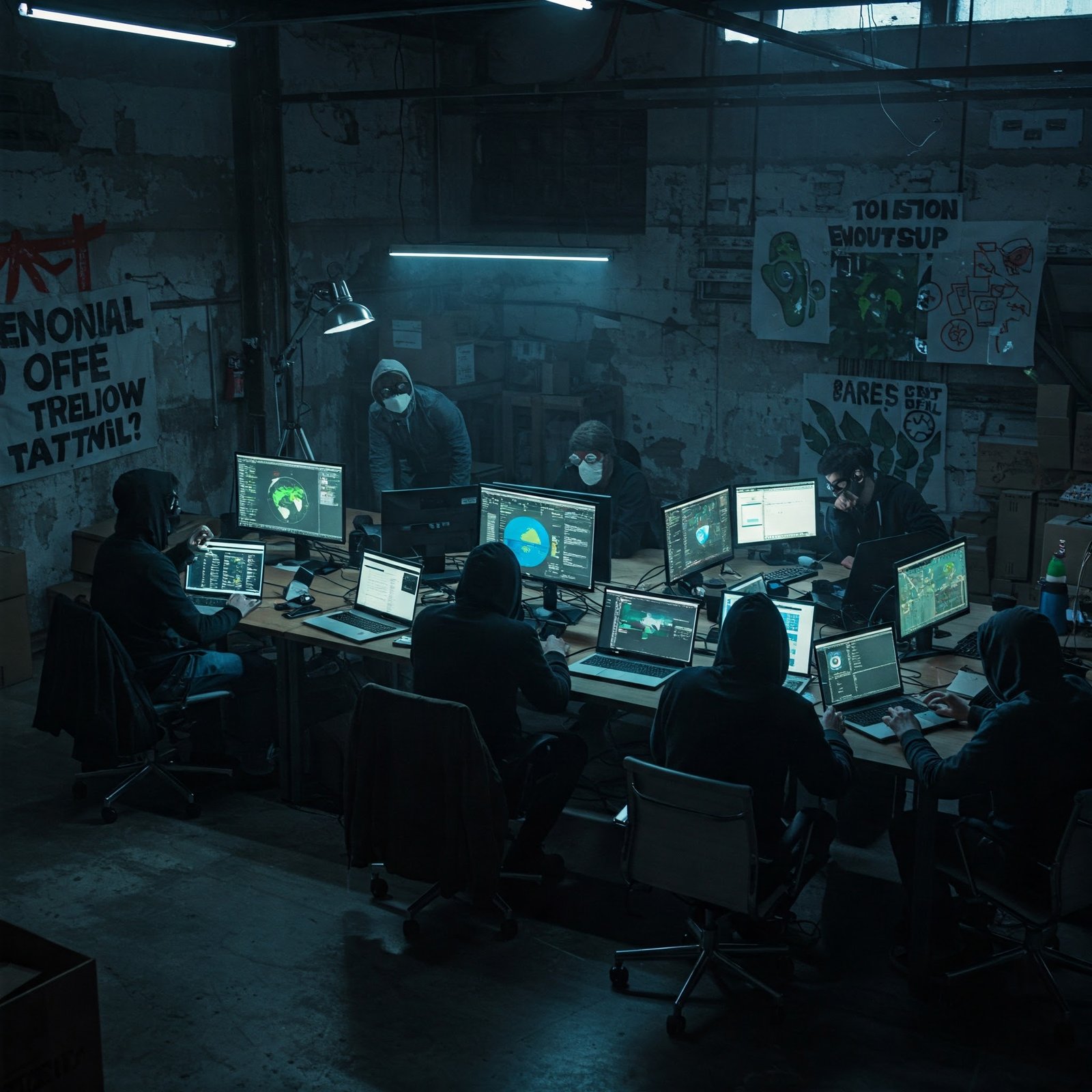🌍 Crowdfunding for Indigenous Intellectual Property: Protecting Traditional Knowledge & Culture 💡

ndigenous communities hold centuries of wisdom 🌿, but their traditional knowledge is often exploited without consent. 🚨 Problem: Corporations profit from sacred practices, art, and medicines, leaving creators unrecognized. Agitation: Legal systems rarely protect these intangible assets, risking cultural erosion. Solution: Indigenous knowledge crowdfunding empowers communities to fund IP protection and reclaim ownership. 🛡️ By pooling resources globally, we can protect traditional IP while preserving heritage. Let’s explore how crowdfunding bridges ancient wisdom with modern solutions!
Why Protecting Traditional IP Matters 🌱
Indigenous knowledge—like healing herbs, storytelling, or art—isn’t just “information.” It’s a living culture. 🎨 When outsiders patent these ideas, communities lose control. For example:
- 80% of medicinal plants used globally were first discovered by Indigenous groups.
- Only 5% of profits from Indigenous-inspired products return to their creators.
Crowdfunding offers a way to document, legalize, and monetize traditions ethically.
How Indigenous Knowledge Crowdfunding Works 💸
Imagine a platform where supporters fund projects like:
- 📜 Digitizing oral histories to create legal records.
- 🖼️ Launching artisan cooperatives to sell authentic crafts.
- 🌿 Patenting traditional remedies to block biopiracy.
Key stats: - Campaigns for cultural preservation raised $12M+ globally in 2023.
- Projects with storytelling videos gain 3x more backers.
Success Stories: Crowdfunding Wins 🏆
- Maori Weaving Techniques (New Zealand): A campaign raised $250K to trademark ancestral patterns, stopping fast-fashion copies.
- Amazonian Rainforest Remedies: Tribes used crowdfunding to patent 15 plant-based medicines, earning royalties. 💰
- Native American Language Apps: Interactive apps funded by 10,000+ backers revived 3 endangered languages. 🗣️
Challenges in Protecting Traditional IP 🛑
- Legal Gaps: Few countries recognize communal ownership.
- Awareness: Only 22% of people know about Indigenous IP theft.
- Tech Barriers: Elder knowledge often exists orally, not digitally.
Crowdfunding tackles these by funding legal teams, awareness campaigns, and tech tools like AI transcription. 🤖
5 Steps to Launch a Crowdfunding Campaign 🚀
- Identify the Threat: Is your culture’s art, medicine, or land at risk?
- Partner with Advocates: NGOs and legal experts boost credibility. 👩⚖️
- Tell a Story: Use videos of elders sharing wisdom. 🎥
- Set Clear Goals: “$50K to patent 10 herbal recipes.” 💡
- Engage Globally: Share updates in local languages and English.
The Role of Digital Platforms 🌐
Websites like Patagonia’s Tribal Trust and Seed&Spark specialize in indigenous knowledge crowdfunding. They offer:
- 🔒 Secure IP documentation tools.
- 🌍 Global visibility through social media integration.
- 🤝 Partnerships with ethical brands for long-term support.
Legal Wins & Future Trends ⚖️
Recent victories:
- Australia’s “Labels of Authenticity” certify Aboriginal art. 🎭
- Kenya’s law grants Maasai communities 30% of tourism profits. 🦓
Future trend: Blockchain tech will track IP usage in real-time. 🔗
FAQs: NLP-Friendly Answers for Featured Snippets
Q: How does crowdfunding protect traditional knowledge?
A: Crowdfunding finances legal patents, digital archives, and awareness campaigns to stop exploitation.
Q: Can small campaigns make a difference?
A: Yes! Even $10K can fund a trademark application or community workshop.
Q: Who owns the IP after crowdfunding?
A: Rights stay with the Indigenous community, not individual backers.
Conclusion: Join the Movement! 🤲
Indigenous knowledge crowdfunding isn’t charity—it’s justice. 💥 Every dollar helps reclaim stolen heritage, boost local economies, and honor ancestors. Ready to protect traditional IP? Share this article, back a campaign, or start your own! 🌟 Together, we can turn cultural survival into global celebration. 🥁





